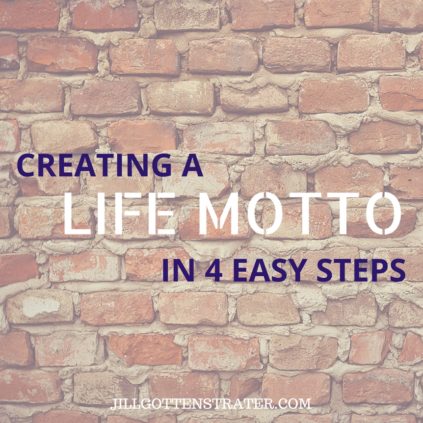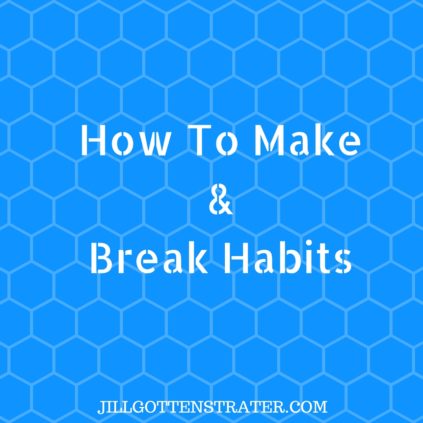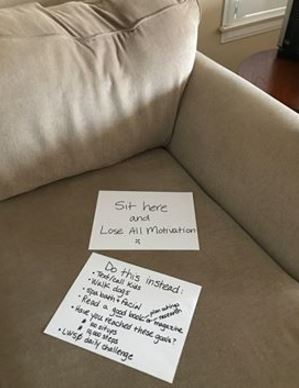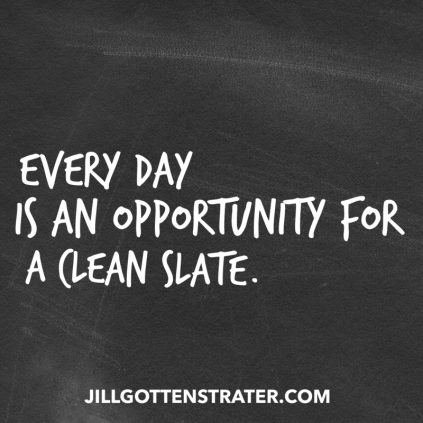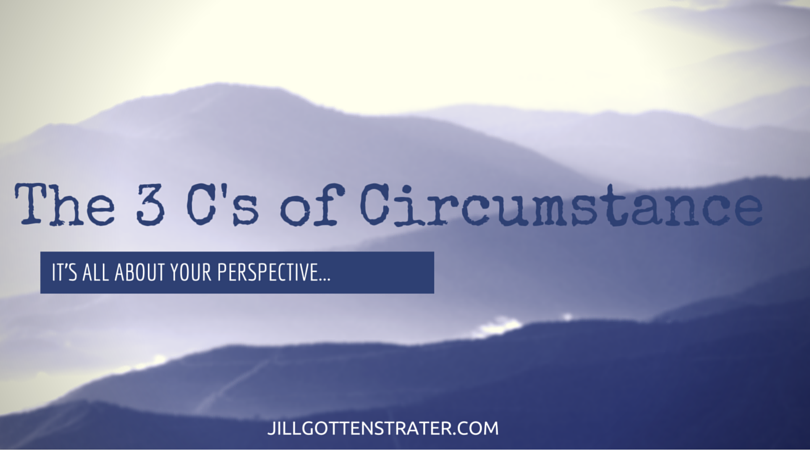Posts
https://www.jillgottenstrater.com/wp-content/uploads/2017/10/Intentional-Living-Series-7.jpg
862
862
Jill Gottenstrater
http://www.jillgottenstrater.com/wp-content/uploads/2016/02/JILL_GOTTENSTRATER_LOGO3.png
Jill Gottenstrater2017-10-21 07:49:542017-10-21 08:00:474 Steps To Creating Your Life Motto
https://www.jillgottenstrater.com/wp-content/uploads/2017/07/Core-Values-2.jpg
862
862
Jill Gottenstrater
http://www.jillgottenstrater.com/wp-content/uploads/2016/02/JILL_GOTTENSTRATER_LOGO3.png
Jill Gottenstrater2017-07-29 05:56:212017-07-29 06:38:02How to Create Good Habits and Break the Bad Ones
http://www.jillgottenstrater.com/wp-content/uploads/2016/02/JILL_GOTTENSTRATER_LOGO3.png
0
0
Jill Gottenstrater
http://www.jillgottenstrater.com/wp-content/uploads/2016/02/JILL_GOTTENSTRATER_LOGO3.png
Jill Gottenstrater2017-02-16 18:51:092017-02-16 19:53:39Why You Might Want to Change Your Word for The Year
https://www.jillgottenstrater.com/wp-content/uploads/2016/01/TAKE-REST-A-FIELD-THAT-HAS-RESTED-GIVES-A-BOUNTIFUL-CROP..png
800
800
Jill Gottenstrater
http://www.jillgottenstrater.com/wp-content/uploads/2016/02/JILL_GOTTENSTRATER_LOGO3.png
Jill Gottenstrater2016-01-09 04:00:092016-03-12 03:53:05Do You Need Some Rest?
https://www.jillgottenstrater.com/wp-content/uploads/2016/01/IMG_9497-e1451682256825.png
800
800
Jill Gottenstrater
http://www.jillgottenstrater.com/wp-content/uploads/2016/02/JILL_GOTTENSTRATER_LOGO3.png
Jill Gottenstrater2016-01-02 04:00:012016-03-12 03:54:32Good News For The New Year
https://www.jillgottenstrater.com/wp-content/uploads/2015/11/5.png
800
800
Jill Gottenstrater
http://www.jillgottenstrater.com/wp-content/uploads/2016/02/JILL_GOTTENSTRATER_LOGO3.png
Jill Gottenstrater2015-11-21 04:00:242016-02-20 17:21:30The Importance of Proper Maintenance
https://www.jillgottenstrater.com/wp-content/uploads/2015/11/4.png
800
800
Jill Gottenstrater
http://www.jillgottenstrater.com/wp-content/uploads/2016/02/JILL_GOTTENSTRATER_LOGO3.png
Jill Gottenstrater2015-11-14 04:00:052016-02-20 17:23:43Don't Make The Mistake of Skipping This Step
https://www.jillgottenstrater.com/wp-content/uploads/2015/11/3.png
800
800
Jill Gottenstrater
http://www.jillgottenstrater.com/wp-content/uploads/2016/02/JILL_GOTTENSTRATER_LOGO3.png
Jill Gottenstrater2015-11-07 05:18:312016-02-20 17:26:074 Ways to Build Momentum Today
https://www.jillgottenstrater.com/wp-content/uploads/2015/11/1.png
800
800
Jill Gottenstrater
http://www.jillgottenstrater.com/wp-content/uploads/2016/02/JILL_GOTTENSTRATER_LOGO3.png
Jill Gottenstrater2015-10-31 06:08:502016-02-20 17:30:23How Small, Intentional Steps Will Get Your Momentum Moving
https://www.jillgottenstrater.com/wp-content/uploads/2015/09/The-3-Cs-of-Circumstance.png
450
810
Jill Gottenstrater
http://www.jillgottenstrater.com/wp-content/uploads/2016/02/JILL_GOTTENSTRATER_LOGO3.png
Jill Gottenstrater2015-09-12 06:17:582016-02-20 17:43:57How Your Perspective Can Affect Your Circumstance
Scroll to top

